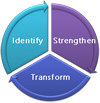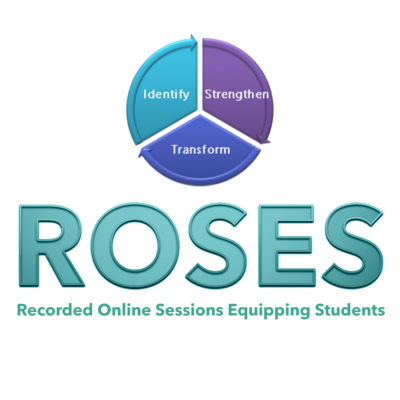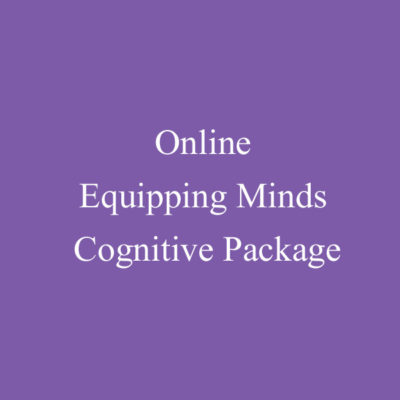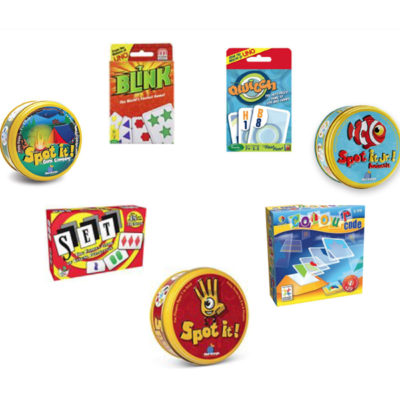Presentation by Carol Brown
For the last 20 years, we have known the brain is not static but has plasticity- it can change!
Today we are going to look at a systematic approach for increasing that potential. Each of us has strengths and challenge areas. However, our strengths are greater and we have succeeded because of that … many of our students challenges are stronger and we will look at how we can strengthen those and transform their lives.
First, if you are here to learn how to do just that, please stand. If you are an occupational therapist, speech therapist, special education member, classroom teacher, administrator…. We are going to see how each of these disciplines fit into the process as well as learn some exercises to do with your students and even yourselves.
But why I am talking to you today? I am the parent, the teacher, the administrator, and the therapist who sees students and adults follow this approach to reach goals many thought were not possible.
I want us to think of a development disability continuum from severe to normal. We’re going to be here in the middle for the most part this morning. We have all heard that for learning to occur, students must be able to attend, process, remember and apply the information. However, we can all think of countless students who have something that is interfering with that process.
I would like to suggest we look at The Pyramid of Potential and work from the bottom up. Body/Mind, Neurodevelopment, Sensory-Motor Integration, Cognitive Development, and Academic Success.
Body/Mind– What we put in our mouths nourishes our brain. Regular exercise, sleep,and stress management are also essential.
Neurodevelopment– During the 1st year of life the brain is making the most crucial connections for learning. We have all been to the doctor and had our reflexes tested.. during the first year, we have primitive reflexes that are suppose to be integrated, and if they are not, the brain may be not have been mapped for certain things. However, the brain can have a second chance with specific exercises which will allow the paths to connect in just 4-6 weeks.
Sensory-Motor– What are the 2 senses we need the most in school? Auditory and Visual. While each of us can think of the other 3, there are 2 other senses that also influence learning: vestibular system (or sense of balance) and the proprioceptive system (or the awareness of spatial relationships) giving very strong hugs or cracking knuckles for example. They student may be hper-sensitive or hypo-sensitive to sound, taste, smell, touch, and light causing a sensory integration dysfunction.
Cognitive Development involves our attention, working and long term memory, visual and auditory memory, visual and auditory processing, and logic/reasoning skills. This will also affect our ability to visualize what we read and hear. You can think of this as making a movie in your head. When this is not occurring at the level needed, students may read something two or three times or ask for information to be repeated.
Finally, as we look at how we can strengthen these challenges, we will see an increase in their personal confidence, social skills, relationships, and athletic performance. Academic success and independence is possible.



